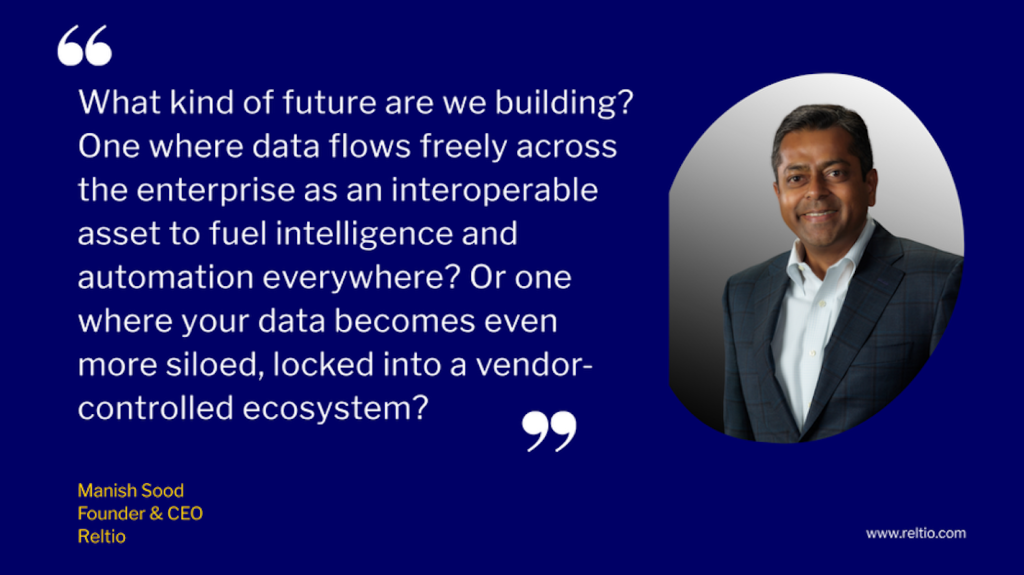Digital business success depends on a better digital workplace
In an era when employees work from wherever they happen to be, providing an excellent digital employee experience (DEX) is a key strategy of successful companies. Workers must have streamlined, secure access to data and applications to maximize their productivity and sense of accomplishment. Anything less may impede their effectiveness and erode corporate competitiveness. In short, great DEX is critical. “Organizations that deliver the kind of DEX that employees expect and deserve typically have a high level of digital workplace maturity — the ability to proactively manage and optimize user experience, whether in the office, remote, or hybrid,” says Sid Bhaskara, product marketing manager for DEX at TeamViewer. “Proactive management means fixing issues before the end user experiences them.” DEX challenges for IT On the path to implementing world-class DEX, many IT teams stumble. The major reason: failure to fully understand the tools they are using and the ways employees interact with the digital world. “When organizations focus on deploying tools rather than understanding how the tools impact daily objectives, they are likely to fall short,” says Ahmed Elattar, TeamViewer product marketing manager for Tensor. “For example, they might misconfigure security tools, causing them to miss vulnerabilities and fail to understand whether a breach is due to user error or ineffective tools.” From reactive to proactive The most important step IT teams can take is shifting from providing reactive support to remote users to delivering proactive optimization of the end user experience. “Remote access is phase 1. Phase 2 is AI-driven insights and recommendations — what is going on and what can we automate to fix it?” says Bhaskara. “Implementing a self-healing digital environment enables organizations to shift from reactive ‘firefighting’ to optimizing the digital worker experience.” The importance of automation can’t be overstated. When configuration, security, or licensing issues can be detected and fixed before the user knows there was ever a problem, help desk calls can be eliminated, saving the time and energy of employees and support staff alike. Workers avoid frustration, work more efficiently, and can dedicate precious hours to higher-level tasks. Automation is also important for scalability, which can spell the difference between success and failure for growing organizations. Compliance with end user policies for licensing, access, and security must scale up as an organization grows. If not, IT support staff will be overwhelmed by an endless stream of updates as users and devices are added to the network. However, it’s important to note that even with automation, there is a human element. Rather than have an organization taken over by processes that run entirely on their own, automated tasks create notifications so that managers can review them and make corrections if necessary. And end users want to be treated as people, not just senseless nodes on the network. Even here, however, automation can help. “Real-time visibility and sentiment analysis bring to light friction points that cause end user frustration,” Elattar asserts. Detecting such signs of trouble and acting to correct them before users suffer from them is a hallmark of true digital workplace maturity. At a time when employees can work from anywhere, it’s a key element that separates successful companies from also-rans. To learn more about creating a superior digital workplace, view our webcast here. source
Digital business success depends on a better digital workplace Read More »












